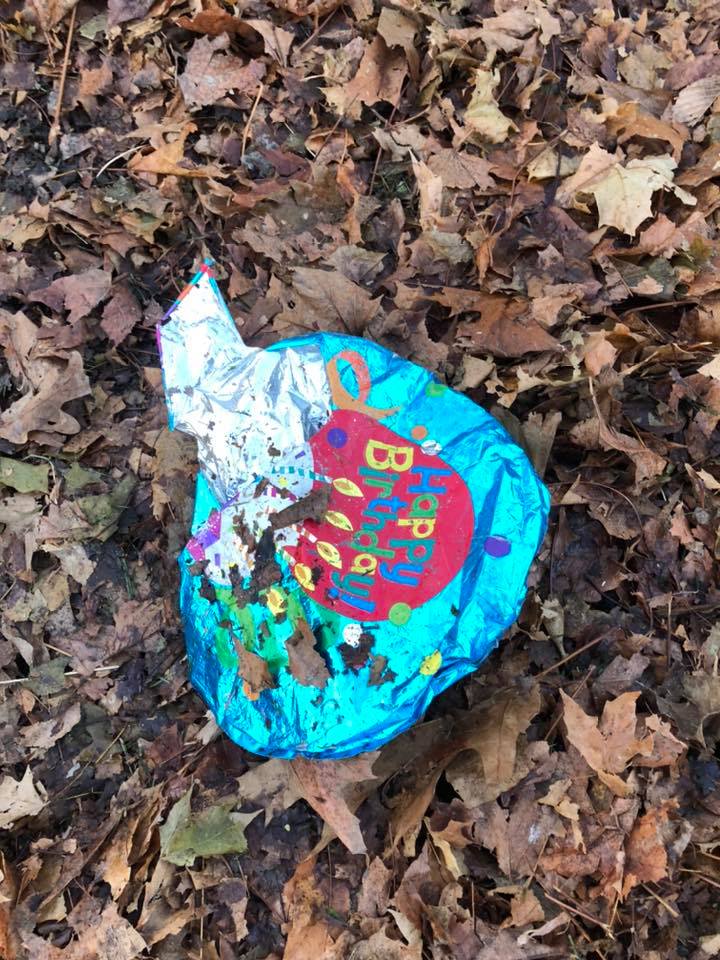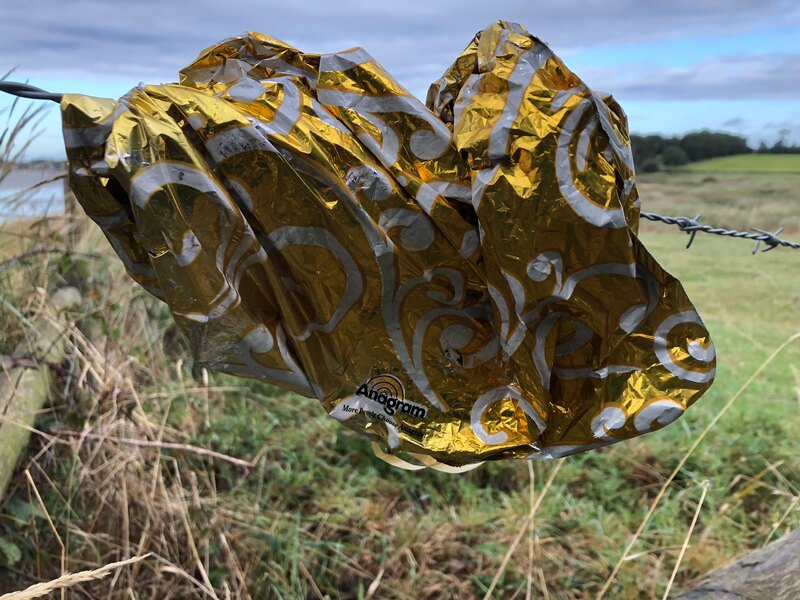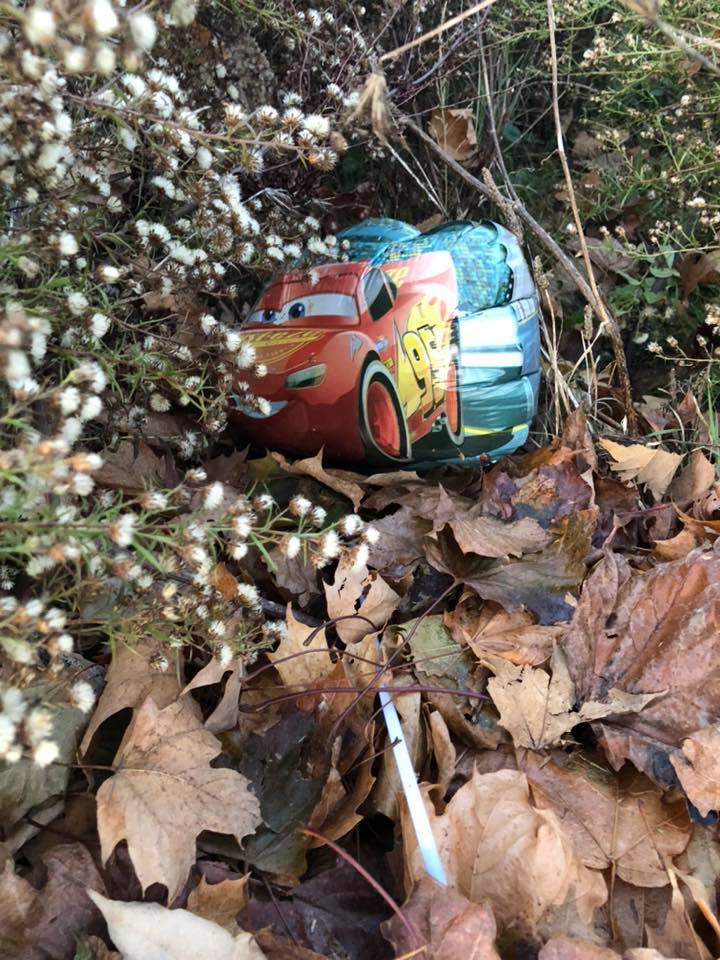Around the world, birds and other wildlife are picking up plastics mistaken as food and succumb from consuming the plastics or regurgitate the plastics, along with food, to their young who then die due to lack of nutrition or impaction of plastic in the digestive tract.
The alternative to balloon releases, recommended by WCAS, is to plant native plants that are wildlife friendly, such as trees that provide habitat, shrubs that provide food (flowers, fruits or seeds) or flowering perennials that are good for pollinators (insects and hummingbirds). These would be a lasting legacy as a remembrance to a loved one, would provide a natural way to celebrate as the plants mature, and enhance a neighborhood, school yard or park.
WCAS hopes that the information presented will be considered and help the environment in a small, but significant way. VIEW: Western Cuyahoga Audubon Society Policy on Balloon Releases (PDF)
Make A Donation to Western Cuyahoga Audubon. Your gifts guarantee chapter activities, programs and research continues to reach members and connect birding conservationists around the world. Use our safe and secure PayPal payment button below to make a donation of any amount you choose. All donations are gratefully received.
Comments
|
Policy BlogPublishing news and information pertaining to policy issues affecting birds and habitat conservation. WATCH "A New Twist for Wind Energy Plan for Lake Erie?" By Kevin Cronin, Attorney at Law
WATCH "Plastics Pollution in Cuyahoga Cty and OH" By Fran Mentch, NEO Sierra Club.
PetitionsArticlesOrgsTopicsArchives
April 2023
Categories
All
|
EDUCATENews Blog
Monthly Speakers Field Reports Bird Walk Reports Christmas Bird Count-Lakewood Circle Media Library Newsletter Archive Education Resources STORE |
Western Cuyahoga Audubon Society
4310 Bush Avenue Cleveland, Ohio 44109 [email protected] Western Cuyahoga Audubon Society is a 501(c)(3) nonprofit organization. Your donation is tax-deductible. The tax ID number is: 34-1522665. If you prefer to mail your donation, please send your check to: Nancy Howell, Western Cuyahoga Audubon Treasurer, 19340 Fowles Rd, Middleburg Hts, OH 44130. © 2020 Western Cuyahoga Audubon Society. All rights reserved. Privacy Policy | Terms of Use | Legal | Store Shipping Rates | Site Map |












 RSS Feed
RSS Feed

